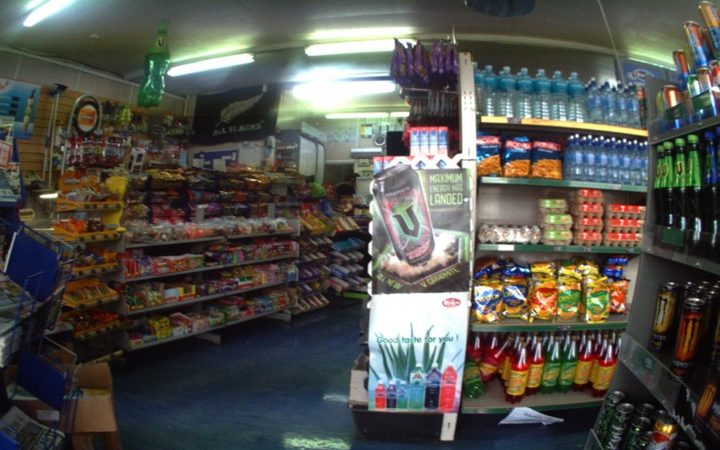New Zealand school children see a surprising amount of advertising at school, including fast food advertisements, and there should be national guidelines to limit what they’re exposed to, researchers say.

Photo: Supplied / University of Otago
University of Otago public health researchers fitted body cameras to Year 8 Wellington children at 16 schools for four days, and the footage captured what advertising they saw at school, in public and at home.
Senior marketing lecturer Leah Watkins told Nine to Noon her team had since analysed one day’s worth of results, and were surprised by just how much commercial advertising was present on school grounds.
“We like to think of our schools as relatively commercial free so it’s interesting just how much there is going on at school.
“There were some quite confronting images, so there was a McDonalds backboard on a basketball court, there was a Coca-Cola sign in the classroom, so I think it is important that we really start looking at what is going on in school.”
She said New Zealand had no national guidelines about advertising in schools and it was left to individual schools to decide what they were comfortable with.
“The lower decile schools were becoming quite reliant, if they saw some benefit for the school.
“Often they were taking those opportunities, not thinking through the consequences of letting commercial messages into schools.”
Some advertising was not harmful, such as Fonterra, but it was important to have a conversation about how far schools should open the door to commercial advertisers, she said.
The most dominant form of marketing was branding on school bags or stationery, followed by product packaging and then signage.
Once the school children left school to walk home, they came across more advertising for unhealthy food in convenience stores, the level of which was “overwhelming”.
She said she was interested in the cumulative exposure of advertising towards shaping children’s’ values and attitudes towards materialism.
“There’s been lots of concern globally, not so much here.”
Scotland had introduced guidelines on commercial activities in schools, and the United Nations was starting to broach the concept of having commercial-free spaces, she said.
Dr Watkins said once her team had analysed all four days worth of footage, they would be in a stronger position to make recommendations for establishing national guidelines on advertising in schools.
[“Source-radionz”]